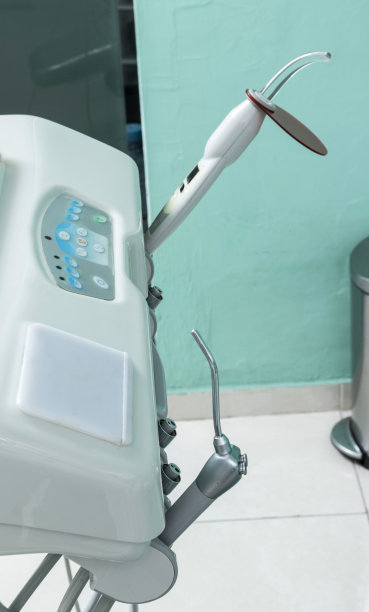Essential Steps and Precautions to Follow Before and After Dental Filling Procedures
Summary: A dental filling is a common procedure designed to restore function and integrity to a tooth that has been damaged by decay or trauma. To ensure the best outcomes, patients need to follow essential steps and precautions before and after the filling process. This article outlines important factors including pre-procedure preparations, communication with dental professionals, post-procedural care, and potential complications and their management. By adhering to these guidelines, patients can enhance their overall dental health and minimize discomfort during recovery.
1. Pre-Procedure Preparations for Dental Filling

Before undergoing a dental filling, it is crucial to prepare properly. First and foremost, patients should maintain good oral hygiene. Brushing and flossing effectively remove food particles and plaque from the teeth, reducing the likelihood of further complications. A clean mouth can help the dentist perform a more effective procedure, ensuring better results.
Another essential step is to schedule a consultation with your dentist to discuss any concerns. During this consultation, patients can inquire about the procedure, anesthesia options, and duration. Open communication allows the dentist to tailor the experience according to specific needs, leading to a more comfortable visit.
Lastly, patients should arrange for transportation post-procedure if necessary. Depending on the type of anesthesia used, individuals may feel groggy and unable to drive. Having someone to assist can ensure safety and reduce stress associated with the appointment.
2. Communicating with Your Dentist Effectively
Effective communication with your dentist is pivotal both before and during the filling procedure. Patients should openly discuss their dental history, including any past experiences with fillings. Providing this information can help the dentist understand special conditions or fears that may need addressing during the treatment.
Additionally, patients must inform the dentist about any medications or supplements they are taking. Certain medications can interact with anesthetics or affect the healing process. Being transparent about your medical history helps in tailoring the treatment and ensuring patient safety.
During the procedure, don鈥檛 hesitate to express any discomfort or anxiety. Dentists are trained to recognize when a patient is uneasy and can provide additional support or adjust the approach accordingly. Remember, effective communication can prevent potential complications.
3. Post-Procedure Care and Recovery
After the dental filling, post-care is essential in ensuring successful recovery. Patients should allow time for the anesthetic to wear off before eating, as this can prevent accidental biting of the cheek or tongue. Its best to wait at least a couple of hours post-procedure before resuming a normal diet.
Following the procedure, it鈥檚 common to experience some sensitivity in the filled tooth. Using a soft-bristled toothbrush and fluoride toothpaste can help alleviate sensitive areas. Over-the-counter pain relievers can also provide relief if discomfort persists. However, consult your dentist if severe pain arises.
Furthermore, maintaining a nutritious diet and drinking plenty of water will support ongoing healing. Limiting sugary foods and beverages directly after treatment can prevent further complications and enhance oral health. Remember, taking care of your teeth is an ongoing commitment.
4. Understanding Possible Complications and Their Management
While dental fillings are generally safe, there are potential complications to be aware of. Some patients may experience allergic reactions to the materials used in the filling. Symptoms can include itching or swelling around the filling site. If such symptoms occur, it鈥檚 vital to contact your dentist immediately for advice and potential replacement of the filling material.
Another complication could involve a filling falling out. This can happen due to excessive force on the filled tooth or due to wear over time. If this occurs, see your dentist as soon as possible to replace the filling and prevent further damage to the tooth.
Finally, infection can occur if bacteria are trapped under the filling. Signs to watch for include persistent pain, swelling, and discharge at the filling site. If you experience these symptoms, seek immediate dental attention for necessary treatments, such as antibiotics or further intervention.
Summary:
The outlined steps and precautions are vital for a successful dental filling procedure. Preparing adequately, communicating effectively with your dentist, following post-procedure care, and understanding potential complications contribute to a streamlined experience. All these factors lead to improved outcomes and enhanced dental health.
This article is compiled by Vickong Dental and the content is for reference only.


